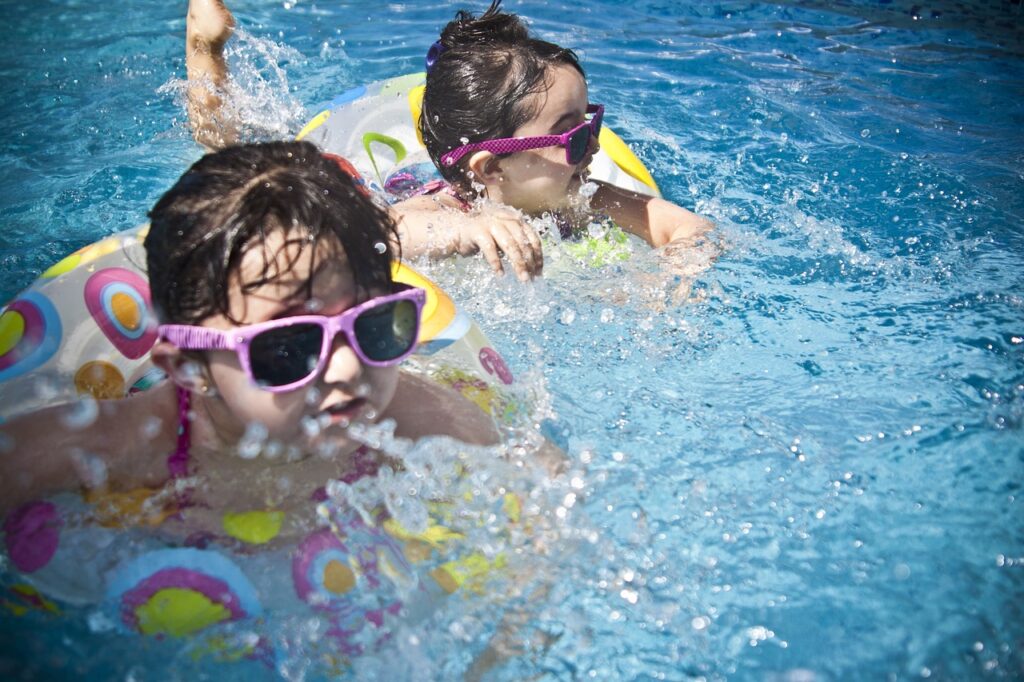Many adults want to learn to swim but hesitate because they feel it’s too late to start. Swimming lessons designed specifically for adults address this concern by providing tailored instruction that matches different skill levels, from beginner to advanced. Swimming lessons for adults focus on building confidence in the water while developing proper techniques for safety and efficiency.
These lessons often come in various formats including group classes, semi-private, or private sessions, allowing learners to choose what fits their needs best. Experienced instructors guide swimmers through progressive steps, ensuring steady improvement without overwhelming them.
With benefits ranging from improved fitness to increased water safety, adult swim lessons offer a practical and enjoyable way to gain a valuable life skill. Whether someone is learning to swim for the first time or aiming to enhance their strokes, structured lessons provide clear guidance and measurable progress.
Benefits of Swimming Lessons for Adults
Swimming lessons provide tangible improvements in physical health, personal confidence around water, and mental well-being. Adults gain measurable skills that enhance safety and open opportunities for consistent exercise and stress management.
Health and Fitness Advantages
Swimming offers a low-impact, full-body workout that improves cardiovascular health, muscle strength, and endurance. It engages muscles in the arms, legs, core, and back while reducing strain on joints, making it suitable for all fitness levels.
Regular swimming can help manage weight and improve flexibility. It supports aerobic conditioning, which is critical for heart and lung function. For adults, lessons correct technique, increasing efficiency and reducing the risk of injury during exercise.
Adults often find swimming particularly beneficial as a cross-training activity that complements other forms of exercise, providing balance between strength and cardiovascular work.
Building Water Confidence
Learning to swim as an adult addresses any fear or hesitation about water environments. Lessons teach essential skills such as floating, breath control, and different strokes, which develop water competence and safety.
Confidence increases progressively as new swimmers master techniques and gain familiarity with water. This reduces anxiety during recreational water activities and emergency situations.
Adult swim classes often customize instruction based on experience, allowing slow-paced skill development. Gaining those skills also opens access to broader social and fitness activities like water aerobics or group swimming.
Stress Relief and Mental Wellness
Swimming promotes mental wellness by reducing stress through rhythmic breathing and physical movement. Being immersed in water has a calming effect that can lower cortisol levels and heart rate.
The concentration required during lessons shifts focus away from daily worries. Physical activity releases endorphins, enhancing mood and helping combat anxiety or mild depression.
Regular swimming can improve sleep quality and create opportunities for social interaction, both of which contribute positively to mental health in adults.
Choosing the Right Adult Swimming Lessons
Selecting an appropriate adult swimming program depends on skill level, personal goals, and learning environment. Understanding the types of lessons, what happens during a session, and how to find a qualified instructor helps adults make informed choices.
Types of Programs and Levels
Adult swimming programs usually offer several levels, from complete beginner to advanced swimmers. Beginners focus on water comfort, breath control, and basic strokes. Intermediate classes build endurance and refine technique. Advanced sessions may emphasize speed, technique, and specific stroke improvements.
Programs vary by format: private lessons offer personalized attention, while group classes provide social motivation and often lower cost. Hybrid models combine both, allowing flexibility. Many providers tailor courses to address specific needs such as fear of water or rehabilitation.
Scheduling options also differ. Some classes run weekly, others intensively over a few days. Choosing a program that fits one’s availability and learning pace is important for steady progress.
What to Expect in a Lesson
Adult swim lessons emphasize clear instruction and gradual skill development. Lessons typically begin with warm-ups and water acclimatization exercises.
Instruction covers breathing techniques, body positioning, and basic strokes like freestyle and backstroke. Adults will receive immediate, constructive feedback to improve form and confidence.
Sessions often last 30 to 60 minutes and may include drills focusing on stroke mechanics, endurance, and safety skills like treading water. Some programs integrate dry-land exercises to build strength and flexibility.
Expect a supportive atmosphere where instructors encourage patience and celebrate gradual success. Progress may vary widely, depending on previous experience and comfort level in the water.
Tips for Selecting an Instructor
Choosing an instructor with experience teaching adults is crucial. Adults have different learning styles and physical needs than children, so expertise in adult instruction ensures appropriate pacing and feedback.
Look for certified instructors who hold credentials from recognized organizations like the American Red Cross or equivalent. They should demonstrate strong communication skills and the ability to provide clear, practical guidance.
Read reviews or ask for recommendations to assess an instructor’s professionalism and effectiveness. Additionally, a trial lesson can help determine compatibility and teaching style.
Consider instructors who create a positive, non-judgmental environment. This can reduce anxiety and build confidence, essential factors for adult learners.


